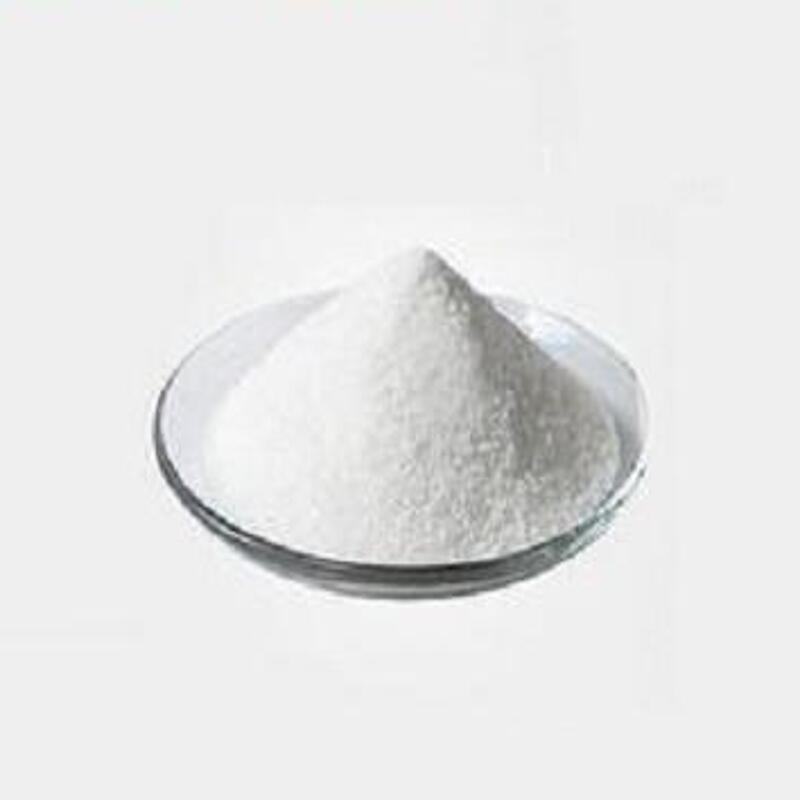-
Categories
-
Pharmaceutical Intermediates
-
Active Pharmaceutical Ingredients
-
Food Additives
- Industrial Coatings
- Agrochemicals
- Dyes and Pigments
- Surfactant
- Flavors and Fragrances
- Chemical Reagents
- Catalyst and Auxiliary
- Natural Products
- Inorganic Chemistry
-
Organic Chemistry
-
Biochemical Engineering
- Analytical Chemistry
-
Cosmetic Ingredient
- Water Treatment Chemical
-
Pharmaceutical Intermediates
Promotion
ECHEMI Mall
Wholesale
Weekly Price
Exhibition
News
-
Trade Service
Kojic acid dipalmitate is an ingredient commonly used in the chemical industry, particularly in the cosmetics and pharmaceuticals sectors.
Its upstream and downstream products play a crucial role in the overall production process and are essential for the manufacturing of various end products.
In this article, we will explore the upstream and downstream products of Kojic acid dipalmitate in detail.
Upstream Products
The upstream products of Kojic acid dipalmitate refer to the raw materials required for its production.
The primary upstream products include palmitic acid and kojic acid, both of which are naturally occurring materials.
Palmitic acid is derived from animal fat or plant oil, while kojic acid is obtained from the fermentation of a fungus called Aspergillus oryzae.
Downstream Products
The downstream products of Kojic acid dipalmitate refer to the end products that are produced using the ingredient.
The most common downstream products include cosmetics and pharmaceuticals, which use Kojic acid dipalmitate as an active ingredient.
Cosmetics
Kojic acid dipalmitate is commonly used in the cosmetics industry as a skin-whitening agent.
It works by reducing the production of melanin, a pigment responsible for skin discoloration, and prevents the formation of new melanin.
This property makes it an effective ingredient in anti-aging creams, skin-lightening creams, and other beauty products.
Pharmaceuticals
Kojic acid dipalmitate is also used in the pharmaceutical industry as an antioxidant and anti-inflammatory agent.
Its ability to scavenge free radicals and reduce inflammation makes it a popular ingredient in various medications, including anti-allergic drugs, anti-tubercular drugs, and antiviral drugs.
Other Products
In addition to cosmetics and pharmaceuticals, Kojic acid dipalmitate has other applications in various industries.
For example, it is used as a food additive to improve the texture and color of baked goods, as a natural dye in textile industry, and as a corrosion inhibitor in the oil and gas industry.
Production Process
The production process of Kojic acid dipalmitate involves a series of chemical reactions, including esterification and hydrolysis.
In the esterification reaction, palmitic acid and kojic acid are combined to form the dipalmitate ester of kojic acid, which is then hydrolyzed to produce the final product.
The production process requires strict control over temperature, pressure, and pH to ensure the purity and efficacy of the final product.
Challenges and Opportunities
The production of Kojic acid dipalmitate poses several challenges, including the high cost of raw materials, the need for strict quality control, and the potential for environmental pollution.
However, there are also opportunities for growth and innovation in the industry, such as the development of new and more efficient production methods, the identification of new applications for Kojic acid dipalmitate, and the exploration of its potential in emerging markets.
In conclusion, Kojic acid dipalmitate is an essential ingredient in the cosmetics and pharmaceutical industries, with a wide range of applications in various other industries.
Its upstream and downstream products play a crucial role in the production process and are essential for the manufacturing of various end products.
As the demand for natural and sustainable ingredients continues to grow, the production of Kojic acid dipalmitate is expected to increase, presenting opportunities for growth and innovation in the industry.







